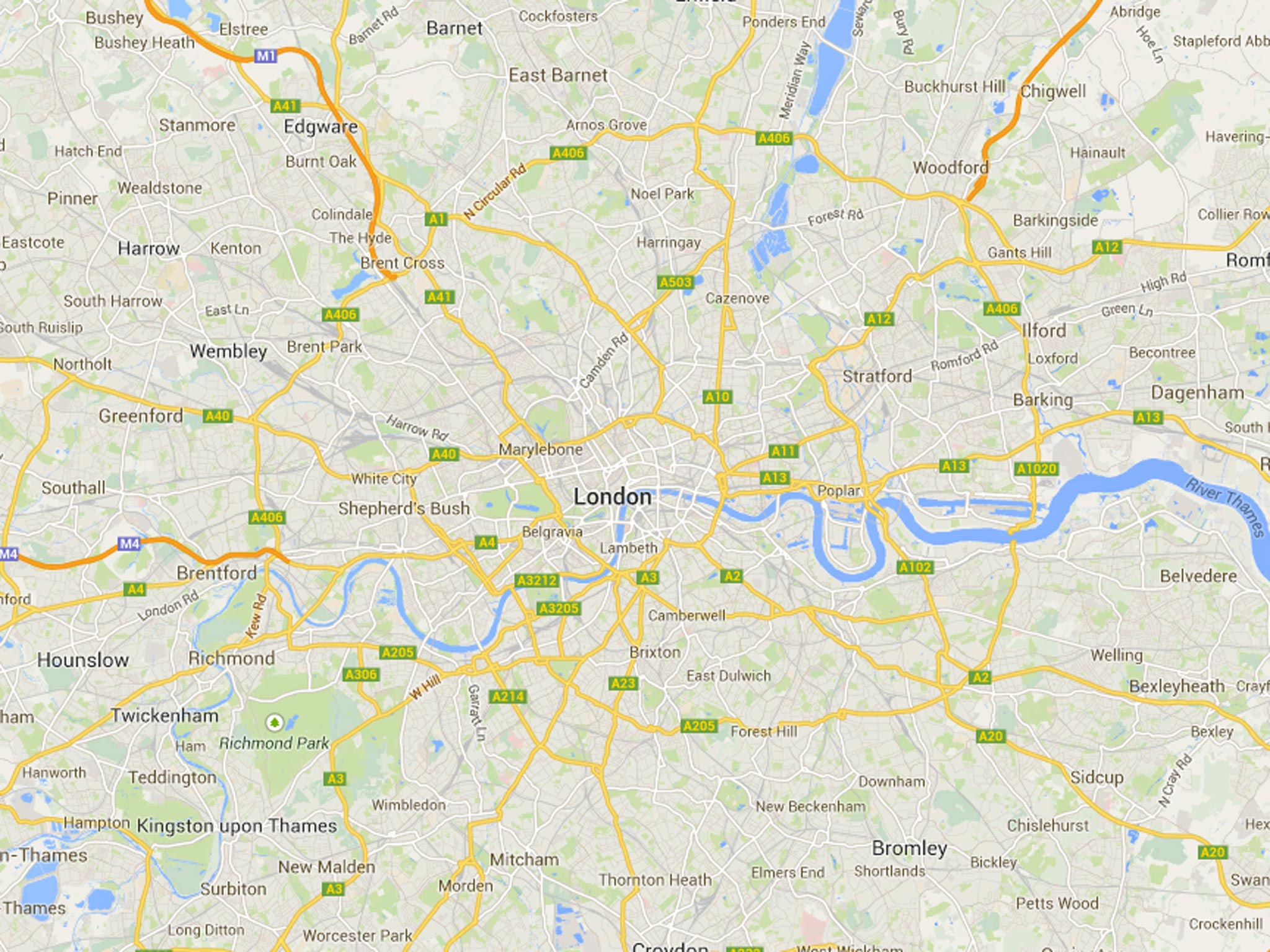 Google for the last few years has been working to prioritise mobile, not only trying to enhance the user experience for consumers but giving advertisers more ways to reach them. Now the company is making another leap in its mobile ad offering, rolling out ads in its Maps app.
Google for the last few years has been working to prioritise mobile, not only trying to enhance the user experience for consumers but giving advertisers more ways to reach them. Now the company is making another leap in its mobile ad offering, rolling out ads in its Maps app.
The new products, announced at the annual Google Performance Summit on Tuesday, include ads that pop up in search results in Maps. Someone searching in Maps for coffee shops, pharmacies or gas stations, for example, will see ads for specific coffee shops, pharmacies or gas stations atop the list of results. Pins marking advertisers’ locations will also pop up directly on the map portion of the results screen.
Those promoted pins can also appear in the app’s navigation mode, which complements on-screen directions with audible instructions. Navigation ads will be visual only, not spoken.
The new products give advertisers, especially retailers, a way to increase their mobile advertising as it relates to search and navigation. Fast food companies, for example, could see the value in buying promoted pins along expressways to attract people on road trips.
Advertisers will also have the option to not just advertise the location, but what’s inside as well. Tapping a promoted pin will bring up a “business” page with offers and promotions at that spot, as well as information already available for many locations in Google Maps such as address and hours.
 Sridhar Ramaswamy, senior VP-ads and commerce at Google, said this year is “all about mobile.” Unlike previous years “of mobile,” when people anticipated wide adoption, 2016 is about offering products to advertisers when that adoption has already happened, he said. “It’s clear to all the advertisers that mobile is something that’s already here,” Mr. Ramaswamy said. “It is the mainstream.” “Trillions” of web searches happen every year, half of them on smartphones, he added.
Sridhar Ramaswamy, senior VP-ads and commerce at Google, said this year is “all about mobile.” Unlike previous years “of mobile,” when people anticipated wide adoption, 2016 is about offering products to advertisers when that adoption has already happened, he said. “It’s clear to all the advertisers that mobile is something that’s already here,” Mr. Ramaswamy said. “It is the mainstream.” “Trillions” of web searches happen every year, half of them on smartphones, he added.
Nearly one-third of mobile searches on Google are related to location, according to Google, with location-related mobile searches growing 50% faster than all mobile searches. Google has touted to advertisers its “micro-moments” strategy, capitalising on its ability to divine consumer intent when people use mobile search for quick answers or solutions. Mr. Ramaswamy said the Maps ads are another way for advertisers to get in front of consumers at appropriate moments.
Source: Ad Age

You must be logged in to post a comment Login